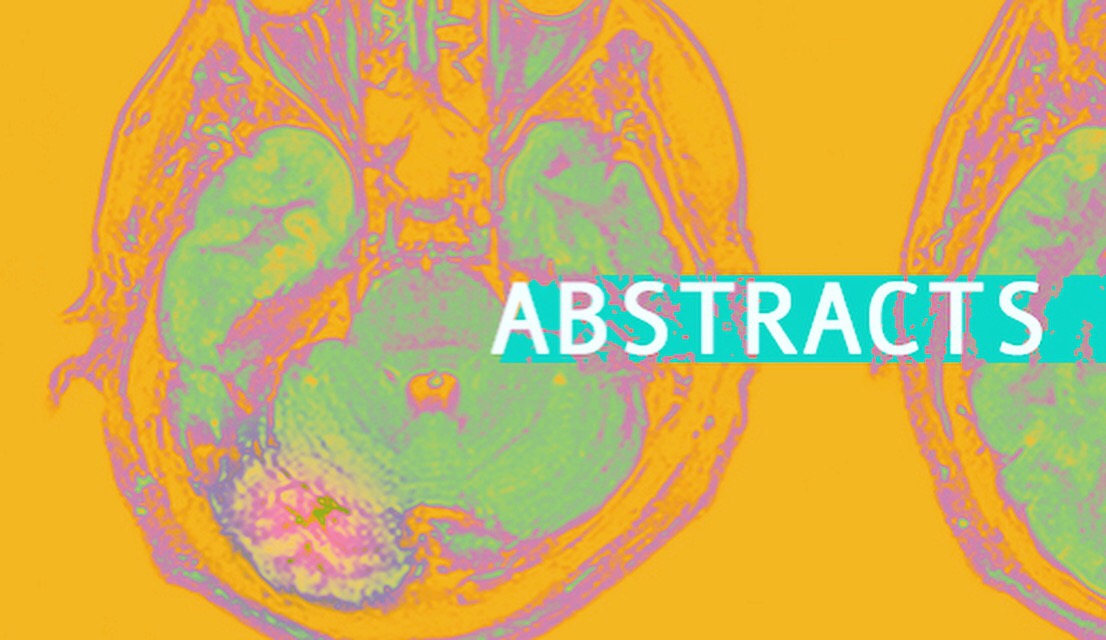The Risk of Radiation–Induced Tumors or Malignant Transformation After Single-Fraction Intracranial Radiosurgery: Results Based on a 25-Year Experience.
Abstract
PURPOSE:
To determine the risk of radiation–induced tumors or malignant transformation after single-fraction intracranial stereotactic radiosurgery (SRS).
METHODS AND MATERIALS:
We performed a retrospective review of 1837 patients who received single-fraction SRS for arteriovenous malformation or benign tumor (meningioma, vestibular schwannoma, pituitary adenoma, glomus tumor) at a single center between 1990 and 2009. Patients were excluded if they refused research authorization (n=31), had a genetic predisposition to tumor development (n=84), received prior or concurrent radiation therapy (n=79), or had less than 5 years of imaging follow-up after SRS (n=501). The median imaging follow-up period for the remaining 1142 patients was 9.0 years (range, 5-24.9 years).
RESULTS:
No radiation–induced tumors were identified in 11,264 patient-years of follow-up after SRS. The risk of a radiation–inducedtumor developing after SRS was 0.0% at 5 years (95% confidence interval [CI], 0.0%-0.4%), 0.0% at 10 years (95% CI, 0.0%-0.9%), and 0.0% at 15 years (95% CI, 0.0%-2.8%). Malignant transformation occurred in 7 of 316 meningioma patients (2.2%) and 1 of 358 vestibular schwannoma patients (0.3%) at a median of 4.9 years (range, 2.8-13.8 years) after SRS. No cases of malignant transformation were noted in patients with pituitary adenomas (n=188) or glomus tumors (n=47). The 5-, 10-, and 15-year risk of malignant transformation was 0.5% (95% CI, 0.0%-0.9%), 0.8% (95% CI, 0.0%-1.8%), and 2.4% (95% CI, 0.0%-5.5%), respectively. Patients who underwent prior resection (hazard ratio, 14.56; 95% CI, 1.79-118.33; P=.01) and who had meningioma pathology (hazard ratio, 11.72; 95% CI, 1.44-96.15; P=.02) were at increased risk of malignant transformation.
CONCLUSIONS:
The risk of radiation–induced tumors or malignant transformation after SRS is very low and should not be used as a justification for choosing alternative treatment approaches (surgical resection, observation) over SRS for appropriate patients.
Copyright © 2017 Elsevier Inc. All rights reserved.
- PMID:
- 28333013
- DOI:
- 10.1016/j.ijrobp.2017.01.004

